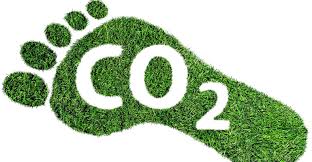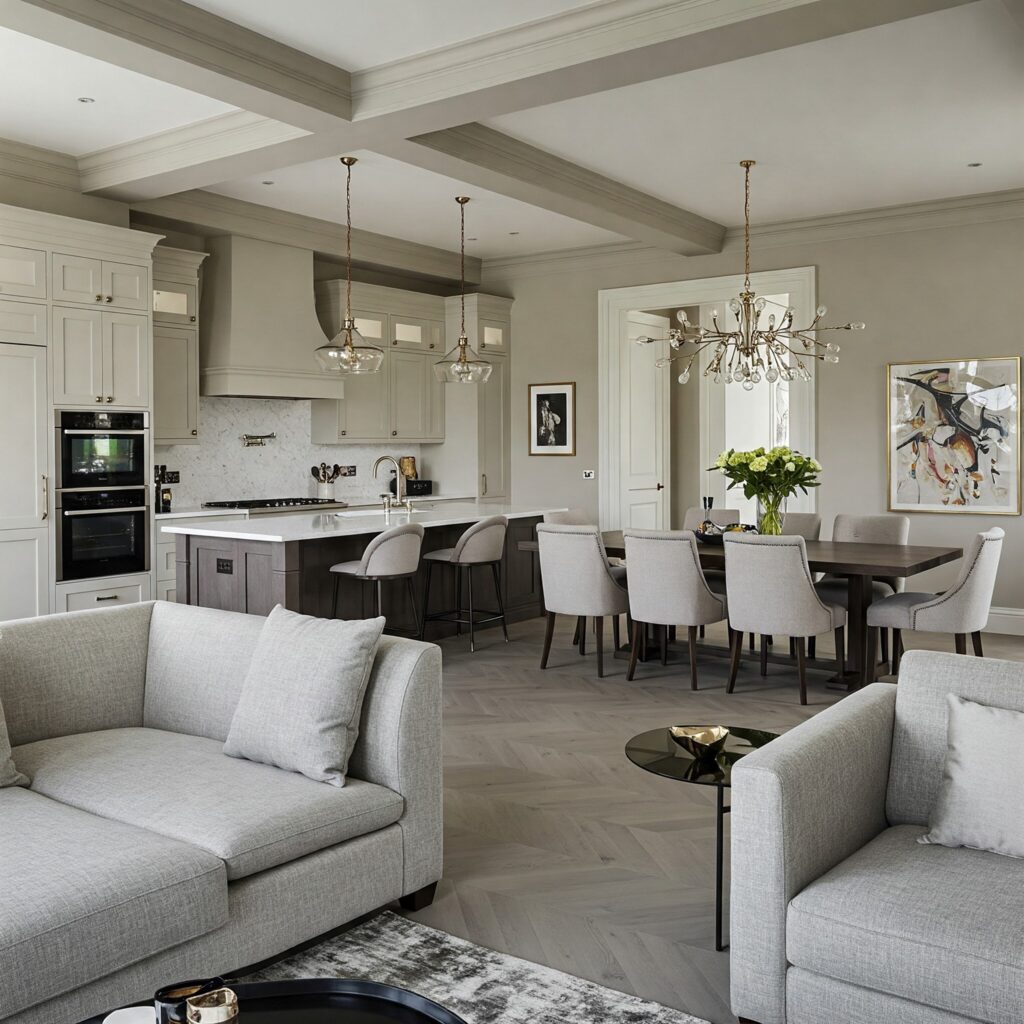In today’s construction industry, sustainability has become more than just a buzzword—it’s a priority. Homeowners, builders, and developers are increasingly seeking ways to reduce environmental impact while still maintaining quality, comfort, and durability. One solution that has gained significant attention is Insulated Concrete Form, or ICF, construction. ICF walls offer a range of eco-friendly benefits, from energy efficiency to reduced material waste, making them an ideal choice for environmentally conscious building projects.
What Is ICF Construction?
ICF construction involves using hollow foam blocks or panels, which are assembled into the shape of walls and then filled with reinforced concrete. These forms remain in place after the concrete cures, creating walls that are highly insulated, structurally sound, and energy-efficient. Unlike traditional wood-frame construction, ICF walls combine the strength of concrete with the insulating power of foam, resulting in a building envelope that provides superior performance in multiple areas.
Energy Efficiency and Reduced Utility Consumption
One of the most immediate environmental benefits of ICF construction is energy efficiency. The thick, continuous insulation of ICF walls drastically reduces thermal bridging, which is common in wood-frame homes where heat can escape through studs. This insulation maintains a more stable indoor temperature, reducing the need for heating in the winter and cooling in the summer.
According to studies, ICF homes can reduce energy consumption by 30 to 50 percent compared to traditional construction. Lower energy use directly translates to a reduced carbon footprint since less electricity and gas are needed to maintain comfortable living conditions. Over the life of a home, these savings not only help the environment but also result in significant cost reductions for homeowners.
Durability and Longevity
ICF walls are built to last. Concrete is resistant to many common issues that plague traditional construction, such as rot, mold, pests, and fire. This durability means that ICF homes require less frequent repairs and replacements over time. Fewer repairs reduce the need for new building materials and limit waste, which contributes to a more sustainable building lifecycle.
The longevity of ICF structures also reduces the environmental impact of demolishing and rebuilding homes. A home built with ICF can last decades longer than traditional wood-frame construction, helping to conserve resources and lower the overall carbon footprint associated with housing.
Reduced Material Waste
Another eco-friendly advantage of ICF construction is its efficiency in material usage. Foam forms are cut precisely to fit, and the construction process generates minimal scrap. This contrasts with traditional framing, which can produce significant wood waste during cutting and installation.
Additionally, many ICF manufacturers use recycled materials in the production of the foam blocks, further reducing the environmental impact. By minimizing both the waste generated during construction and the use of virgin materials, ICF contributes to more sustainable building practices.
Air Quality and Health Benefits
ICF walls are airtight, which improves indoor air quality by reducing drafts, dust infiltration, and potential mold growth. This airtight construction also works in tandem with energy-efficient HVAC systems, reducing the workload on heating and cooling equipment. Not only does this improve energy efficiency, but it also promotes healthier living spaces with fewer airborne contaminants, reducing reliance on chemical cleaning or remediation methods that can be harmful to the environment.
Lower Greenhouse Gas Emissions
ICF construction can reduce greenhouse gas emissions in multiple ways. By decreasing energy consumption for heating and cooling, ICF homes lower the demand on fossil fuel-based energy sources. Additionally, the durability and reduced maintenance requirements of ICF structures mean fewer resources are needed for repairs, replacements, and renovations over the lifetime of the home.
Some studies suggest that over the lifespan of a single ICF home, the cumulative reduction in carbon dioxide emissions can be equivalent to planting hundreds of trees. This long-term impact makes ICF construction a smart choice for homeowners who are serious about reducing their environmental footprint.
Adaptability to Renewable Energy
ICF homes are also highly compatible with renewable energy systems. The superior insulation and airtight construction complement solar panels, heat pumps, and other energy-efficient technologies, making it easier to achieve net-zero or near-zero energy use. By pairing ICF walls with renewable energy systems, homeowners can maximize their contribution to sustainability while further reducing operating costs.
A Smart Investment for the Future
Choosing ICF construction is not just an environmentally conscious decision—it’s also a long-term financial investment. Energy savings, reduced maintenance costs, and increased durability combine to make ICF homes more cost-effective over time. Beyond the financial benefits, homeowners can take pride in knowing that their choice supports sustainable building practices and reduces their personal contribution to climate change.
Conclusion
ICF construction represents a powerful tool for creating eco-friendly, energy-efficient, and durable homes. From significant reductions in energy consumption to long-term material efficiency and improved indoor air quality, ICF walls offer a comprehensive approach to sustainable building. For homeowners and builders looking to make environmentally responsible choices without sacrificing comfort, durability, or aesthetics, ICF construction is an investment in both the planet and the future of housing.
By embracing ICF construction, we can build homes that stand the test of time while reducing the environmental impact of our living spaces. With sustainability at the forefront of modern construction, ICF provides a pathway to greener, more efficient, and resilient homes that benefit both people and the planet.





